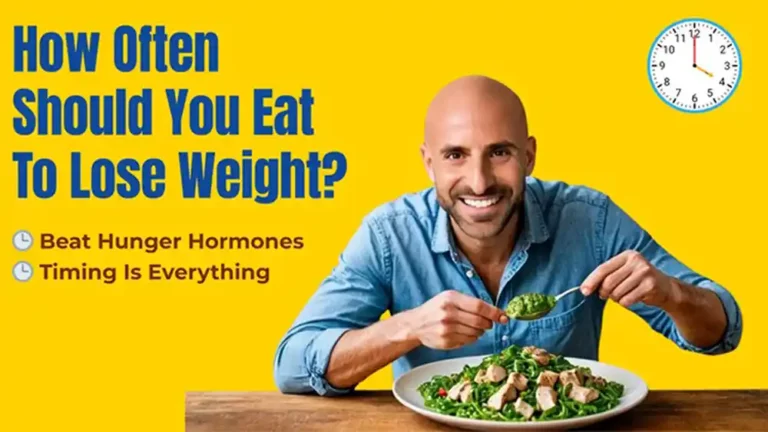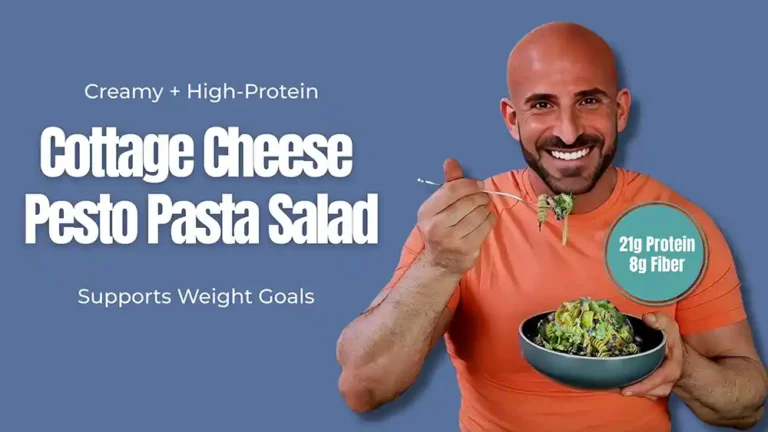In my practice, I often hear female clients complain about how easy it is for their husband or boyfriend to lose weight. They report that despite being more careful than their mates, they can’t shed the pounds. Another set of clients complain that they are not losing weight at the same rate as people on TV shows like The Biggest Loser and Shedding for the Wedding.
Some of them are expecting to lose 10-plus pounds per week like the TV shows portray, but that just isn’t realistic for most people. Their frustration is evident and it breaks my heart; that’s why I am writing this blog — to set the record straight. I have news for everyone: All weight loss is not created equal!
Losing weight is a totally different experience for women than it is for men. Assuming that all emotions are in check, physiologically speaking for men, losing weight is pretty straightforward. Men can stop drinking sodas or cut down on fast food and just drop 20 pounds. But this is not the case for women. They can stop drinking soda, stop eating bread, and even stop enjoying chocolate, then hardly lose one pound. Such an incredible, and seemingly unfair, difference! Why?
This obvious inequity is mostly due to differences in body composition, but we can also blame hormones, as they pretty well control every motivation we experience. To add to the disparity in weight loss between genders there is also variation depending on how much weight needs to be lost.
Let’s begin with the differences in weight loss between men and women.
Men naturally have more muscle mass than women, and muscle is metabolically active tissue, so it expends energy (burns calories). So the more muscular a person is, the higher their metabolic needs are. Generally speaking, this is why men are able to melt fat more quickly than women when losing weight.
For women, changes in hormone levels during the menstrual cycle ‘rev up’ the metabolism and cause overeating due to food cravings as well as increased appetite.
Did you know that in the pre-menstrual phase, a woman’s metabolic rate can be 10-15 percent higher than normal? Doesn’t that explain a lot? Additionally, women often add exercise programs to jumpstart weight loss, not knowing that exercise increases another hormone, Ghrelin, which stimulates appetite and initiates hunger (1,2,3). It may be tempting to skip a meal thinking that you can ‘save’ calories this way, but working with the body’s signals rather than fighting them can actually prevent overeating. When hunger strikes, give your body what it needs by eating something small and sensible.
Weight loss also differs according to how many pounds one aims to lose. If you want to lose 5-10 pounds (I call this fine tuning, not weight loss), your body will have to work the hardest to achieve your goal. Expect 0.5 – 1 pound loss per week, and don’t bother putting in overtime at the gym since extra exercise will only shut your metabolism down rather than burn off fat because you are likely already restricting calories.
Folks in this group do not have excess fat, so the body is holding on to it like you would hold on to a two-billion dollar winning lottery ticket. This group is unique, and for them the key to weight loss is 90 percent diet and only 10 percent exercise. For you, eating too little and exercising like a maniac is not going to help you fine tune your weight.
Those who need to lose 20 – 60 pounds can expect about 1 – 2 pounds. per week to come off. A combination of cardio and weight training can help maintain critical muscle mass while shedding mostly fat. For this group, the key to successful weight loss is 80 percent diet and 20 percent exercise.
For people who need to lose over 80 pounds, weight loss is fastest, usually at 2 – 3 pounds per week. High impact exercise is not recommended for those in this category as it puts too much strain on the body, especially at the joints. Low impact activities are best, with walking being the number one way for people in this group to get moving safely (4). Again, it is all about 80 percent diet and 20 percent exercise for healthy weight loss.
Losing weight is a highly individual experience. No matter how much weight you have to lose or what your gender is, patience is key. You cannot control how your body will lose weight or the number that the scale shows you; you can only control what goes into your mouth!
Stop comparing yourself to The Biggest Loser show. Change your behaviors and don’t deny hunger. Most importantly, take the time to prepare and plan your meals, and exercise for health (rather than as an excuse to eat).
References:
1.. De Souza MJ, Leidy H, O’Donnel E, Lasley B, Williams N Fasting Ghrelin Levels in Physically Active Women: Relationship with Menstrual Disturbances and Metabolic Hormones. J Clin Endocrinol Metab 2004; 89:3536-3542
2..Purnell JQ, Cummings D, Weigle, DS Changes in 24-h Area-Under-the-Curve Ghrelin Values Following Diet-Induced Weight Loss are Associated with Loss of Fat-free Mass, but Not with Changes in Fat Mass, Insulin Levels or Insulin Sensitivity. International Journal of Obesity 2007; 31:385-389
3. Leidy HJ, Gardner JK, Frye BR, Snook ML, Schuchert MK, et al. Circulating Ghrelin is Sensitive to Changes in Body Weight During a Diet and Exercise Program in Normal-Weight Young Women. J Clin Endocrinol Metab 2004; 89:2659-2664
4..Jakicic JM, Marcus BH, Gallagher KI, Napolitano M, Lang W Exercise Duration and Intensity in a Weight-Loss Program. Sport Med J Club 2005; 15:113-115
Manuel Villacorta is a registered dietitian in private practice in San Francisco, California. He is a national media spokesperson for the American Dietetic Association and the founder of Eating Free





